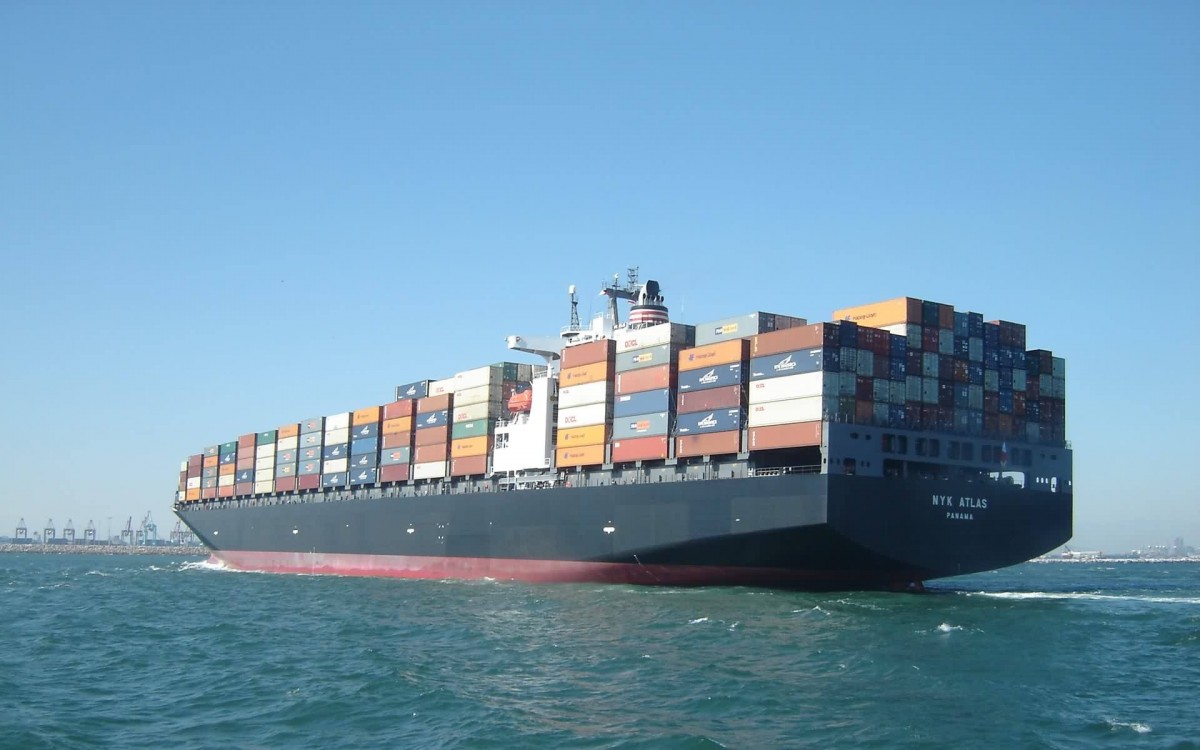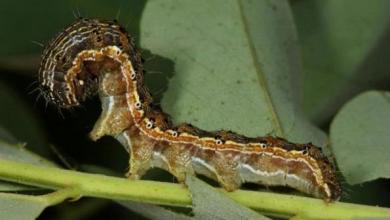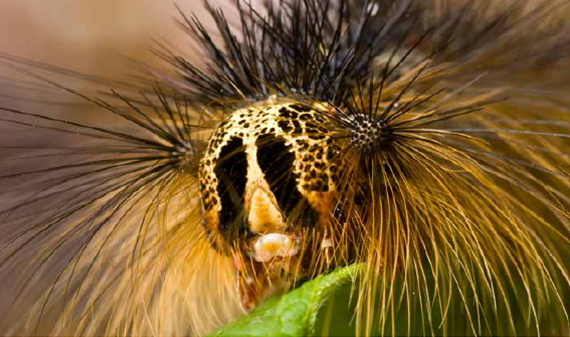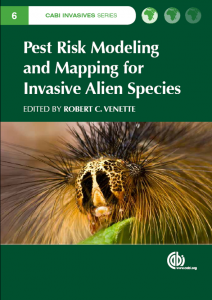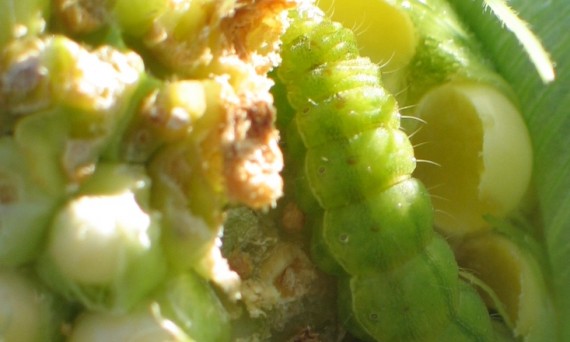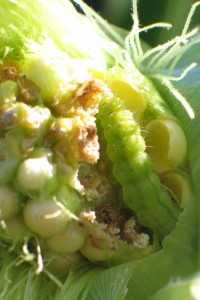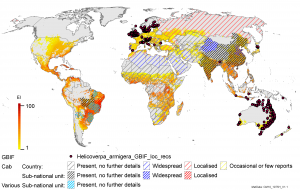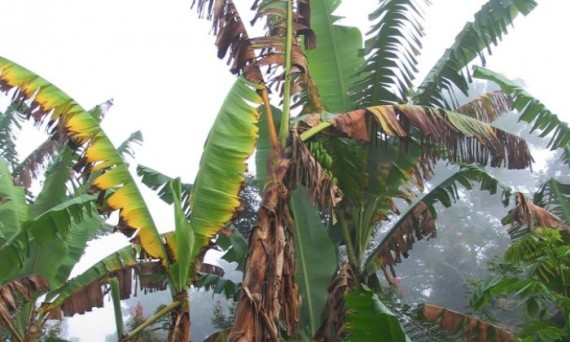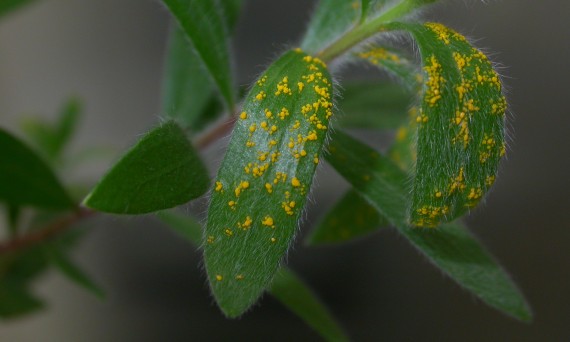Come join us at IPRRG 2024!
The 2024 annual meeting of the International Pest Risk Research Group will be held in the beautiful city of Malaga, Spain, in association with the Spanish National Research Council and University of Malaga . The meeting will take place at the Institute for Subtropical and Mediterranean Horticulture (IHSM-UMA-CSIC), from 17th to 20th September 2024. We'd love for you to join us! Online abstract submission is open and has been extended to 31 July 2024.




